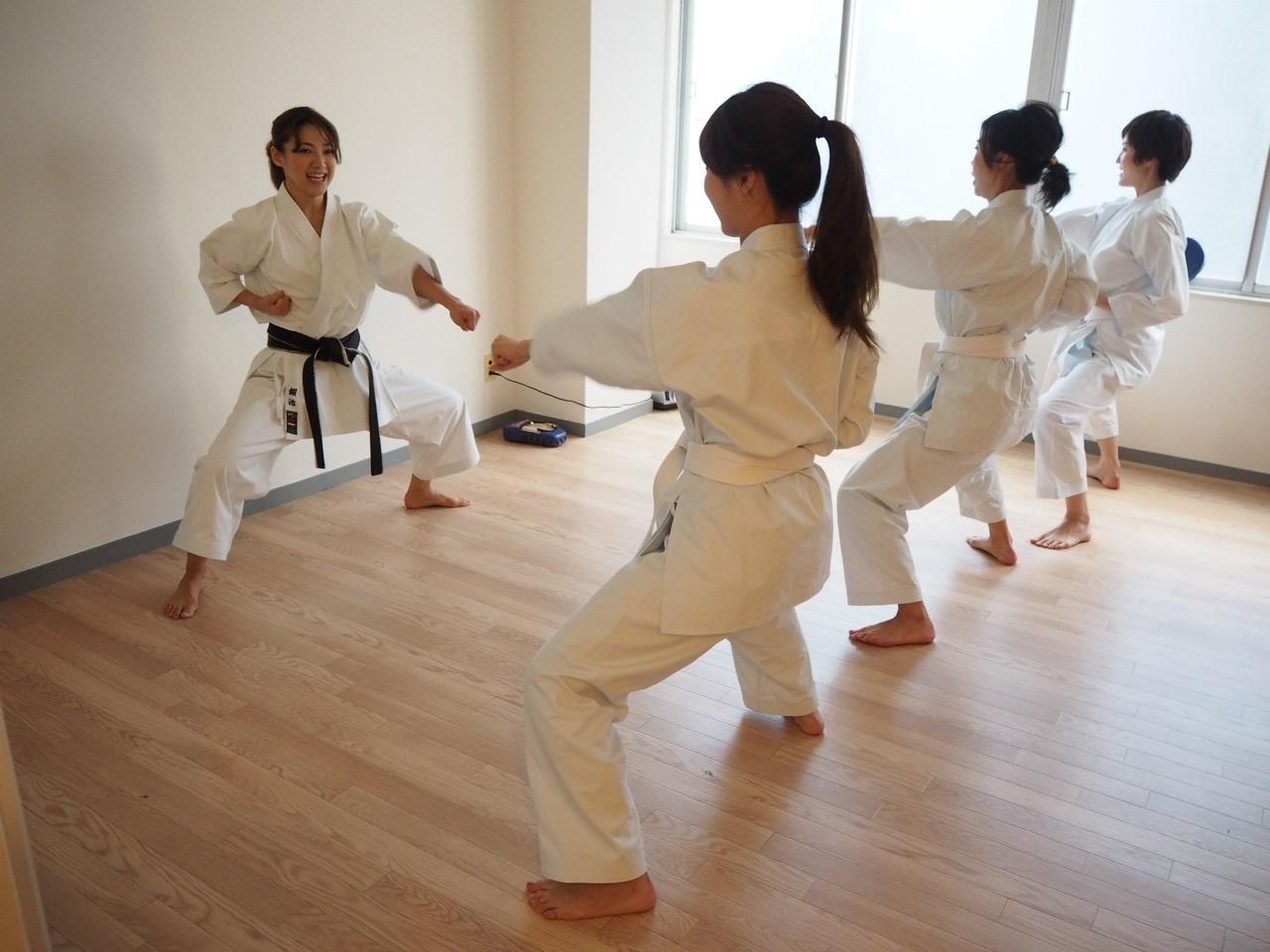In today’s fast-paced work environment, where long hours are spent in front of a computer screen, it is crucial to prioritize health and safety in the office. One often overlooked aspect is office furniture. The right furniture not only enhances productivity but also plays a vital role in maintaining the well-being of employees. This article will explore the essential features and guidelines for office furniture, including home office furniture, that promote health and safety in the workplace.
Ergonomics
The Foundation of Health-Friendly Furniture Ergonomics is the science of designing furniture and equipment that fit the human body’s needs, ensuring maximum comfort and efficiency. When it comes to office furniture, ergonomic design is paramount.
Adjustable Chair and Desk
An adjustable chair and desk are fundamental components of ergonomic office furniture. The chair should have adjustable height, lumbar support, and armrests, allowing users to maintain proper posture. Similarly, the desk should be adjustable in height, enabling employees to customize it according to their individual requirements.
Supportive Backrest
A supportive backrest is crucial for maintaining good posture and preventing back pain. The backrest should be adjustable and provide adequate lumbar support, contouring to the natural curve of the spine.
Wrist-Friendly Keyboard and Mouse
A significant portion of office work involves typing and using a mouse. To minimize the risk of repetitive strain injuries (RSIs) like carpal tunnel syndrome, it is essential to invest in ergonomic keyboards and mice. These devices are designed to reduce stress on the wrists and promote natural hand movements.
Adequate Storage and Organization
A cluttered workspace not only hampers productivity but also poses safety hazards. Here are some tips for incorporating storage and organization features into office furniture:
Ample Desk Space
Employees should have sufficient desk space to accommodate their work materials, including a computer, documents, and other essentials. A clutter-free workspace promotes better focus and reduces the risk of accidents.
Integrated Cable Management
Proper cable management is essential for preventing tripping hazards and maintaining a tidy workspace. Office furniture with integrated cable management features, such as built-in cable trays or clips, helps keep wires organized and out of the way.
Storage Solutions
Incorporating storage solutions like filing cabinets, shelves, and drawers in office furniture helps keep documents and supplies organized, reducing the likelihood of accidents and promoting a clean and efficient workspace.
Comfortable and Healthy Materials
The materials used in office furniture play a significant role in promoting health and safety.
Breathable Fabrics
Chairs and seating surfaces should be made of breathable fabrics that allow air circulation, preventing discomfort and excessive sweating.
Non-Toxic Materials
Toxic chemicals found in some furniture materials can have long-term health effects. Opt for furniture made from non-toxic and eco-friendly materials to ensure a healthy work environment.
Proper Lighting and Accessibility
Lighting and accessibility are critical aspects of office furniture design that contribute to both productivity and well-being. Consider the following guidelines:
Natural and Artificial Lighting A well-lit workspace is essential for reducing eye strain and promoting productivity. Whenever possible, maximize natural lighting by positioning workstations near windows. Additionally, supplement with appropriate artificial lighting to ensure consistent illumination throughout the day.
Accessible Design
Office furniture should be designed with accessibility in mind. Consider the needs of employees with disabilities or mobility challenges. Ensure that desks, chairs, and storage units are designed at appropriate heights and widths to accommodate different body types and mobility aids such as wheelchairs. Additionally, consider implementing adjustable features like height-adjustable desks to cater to individual needs.
Maintenance and Safety Considerations
Maintaining a safe and hazard-free work environment is crucial for the well-being of employees. Here are some maintenance and safety guidelines for office furniture:
Regular Inspections
Regularly inspect office furniture for any signs of wear, damage, or instability. Loose screws, broken parts, or wobbly legs can pose safety risks and should be addressed promptly.
Sturdy Construction
Invest in office furniture that is built with sturdy construction and high-quality materials. Furniture that is prone to tipping over or collapsing can lead to accidents and injuries.
Fire Safety
Ensure that the office furniture complies with fire safety regulations and standards. Furniture materials should be flame-retardant, and fire extinguishers should be easily accessible in the workspace.
Clear Pathways and Emergency Exits
Arrange office furniture in a way that allows clear pathways and easy access to emergency exits. Cluttered or obstructed pathways can impede evacuation during emergencies.
Guidelines for Home Office Furniture
With the rise of remote work, home offices have become increasingly common. It is essential to consider health and safety factors when selecting furniture for a home office setup. Here are some guidelines:
Separate Workspace
Designate a separate area in your home for a dedicated workspace. This helps create a boundary between work and personal life, promoting better work-life balance.
Ergonomic Setup
Adopt ergonomic principles in your home office furniture selection. Invest in an adjustable chair and desk that support proper posture and reduce the risk of musculoskeletal disorders.
Adequate Lighting
Ensure proper lighting in your home office by positioning your workstation near a window for natural light. Supplement with suitable artificial lighting to avoid eye strain.
Noise Control
Consider noise control measures in your home office setup. Choose furniture materials and accessories that absorb or reduce noise levels, such as carpets, curtains, or acoustic panels.
Home Office Safety
Apply the same safety guidelines as for traditional office furniture to your home office setup. Regularly inspect your furniture, maintain clear pathways, and have a fire safety plan in place.
Conclusion
Prioritizing health and safety in the workplace is essential for employee well-being and productivity. Office furniture plays a significant role in creating a conducive and safe work environment. By incorporating ergonomic design, adequate storage and organization, comfortable materials, proper lighting, and following maintenance and safety guidelines, you can ensure that your office furniture promotes health and safety effectively. Whether in a traditional office setting or a home office, investing in quality furniture that prioritizes the well-being of employees is a sound investment in the long run.
You might also like to read: How to Groom a Double-Coated Dog Breed Like a Pro











